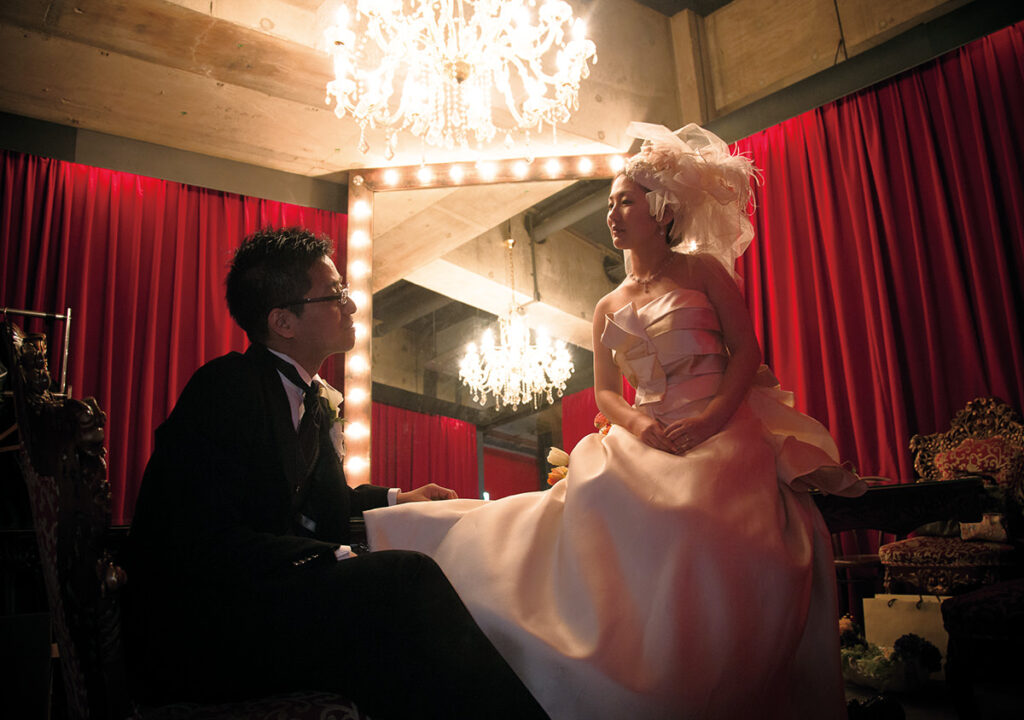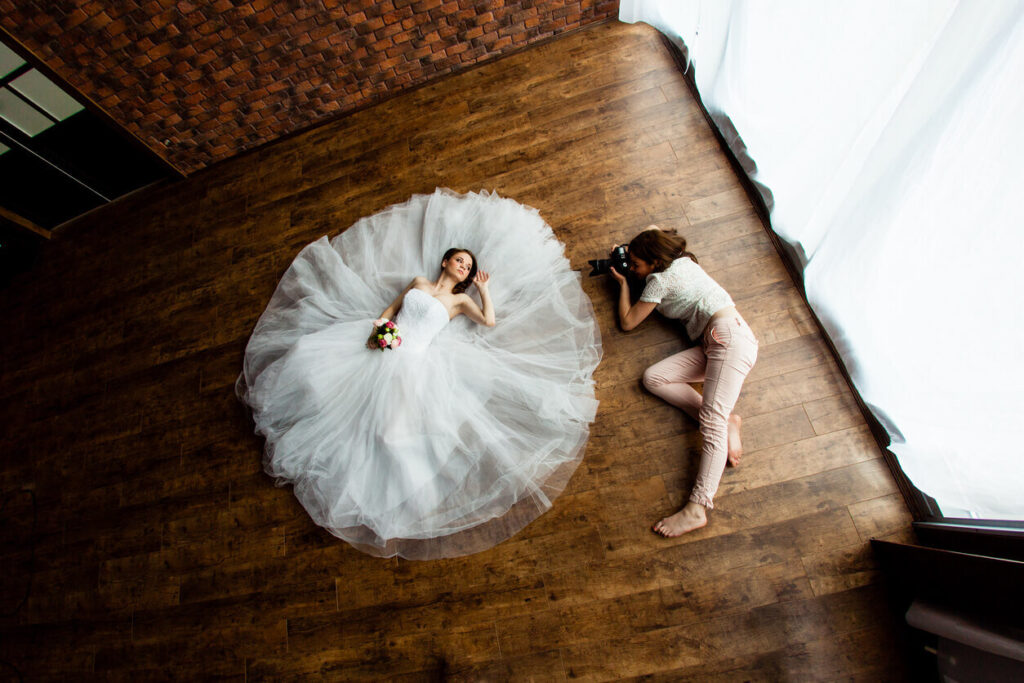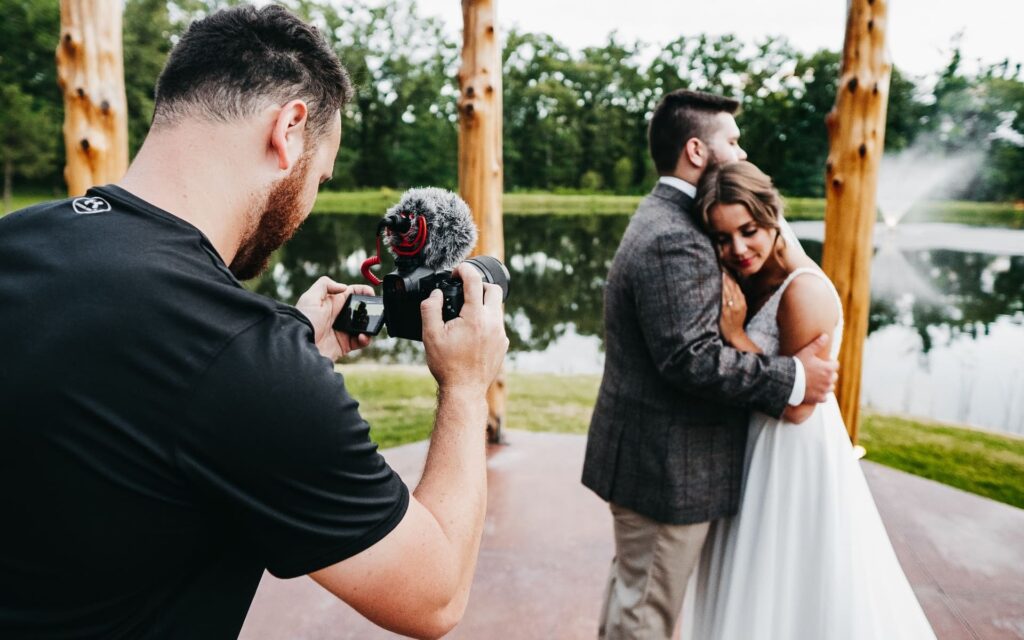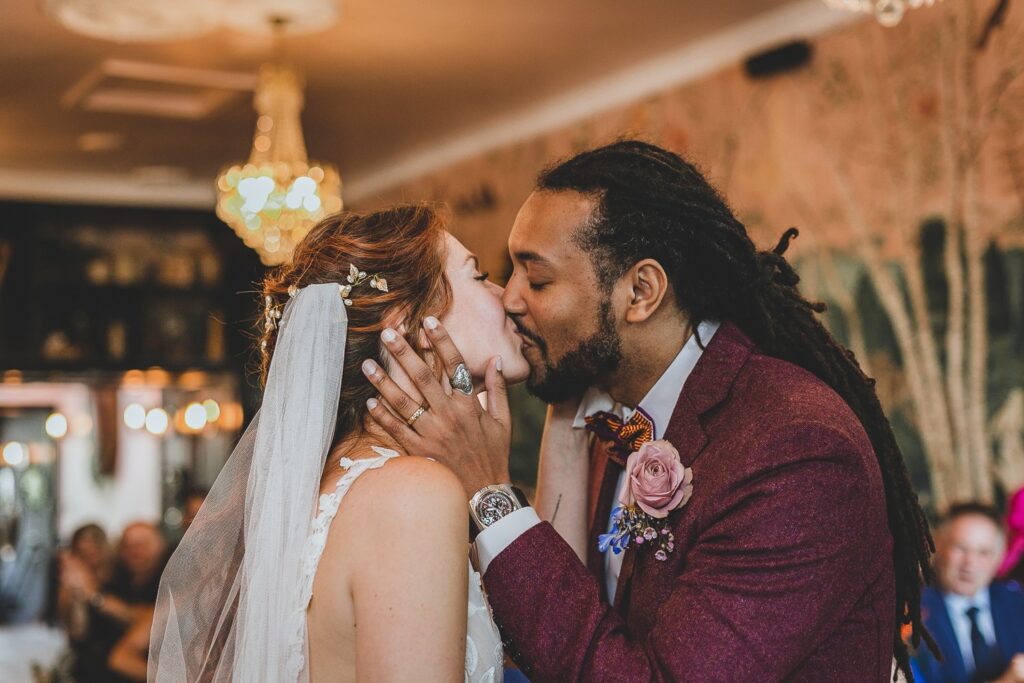With 30 years of experience photographing weddings, Curtis has seen it all. But he doesn’t claim to know everything. Recently, he has been expanding his associate wedding photographer program, which means training more photographers. This led him to write a blog post outlining tips every new wedding photographer needs to know.
He soon realized there were many wedding blogs already offering great ideas. Of course, Curtis has his own insights on taking skills to the next level.
But first, there are some basics every new photographer must understand. He searched the web and highlighted some key information, adding in his own two cents. Look for more of these useful tips in future posts.
Click here to see the table of contents
1. Wear Comfortable Shoes
Wedding photographers walk an incredible amount on a wedding day. While stilettos might look nice at the reception, any photographer will be miserable in them.
Curtis has tracked his steps at weddings before. His record is about 7 miles! That’s from all the walking around the same venue repeatedly.
And don’t forget the stairs – they provide the highlight of a wedding photographer’s workout. Something else to remember is wearing quiet shoes. Nothing’s worse than squeaky photographer footsteps during the vow exchange.
2. Learn Diffused Lighting Techniques

Source: facebook.com
Mastering how to bounce and diffuse a flash is critical. Many churches have very low light. If flash is allowed (some don’t permit it), consider whether bounce flash will work.
Remember bouncing off colored surfaces adds that color cast to images. Otherwise, a flash diffuser can soften the light. If flash isn’t possible, use fast lenses at wide apertures or bump up the ISO. Lenses with image stabilization may also help.
Curtis loves diffused lighting, but it’s not always his main source. Sometimes, a dramatic window light is ideal. But this can also be the hardest to use well on a wedding day. That’s why a reliable go-to for any new wedding photographer is diffused light. First, seek shade under trees or overhangs.
Don’t go completely underneath, or photos will have a green cast to edit out. There’s a sweet spot at the edge of the shade where skylight peaks in. That’s the easiest outdoor light. Next, try the window light. With cloudy skies outside, the light through the window is already soft. The glass just diffuses it further, creating great shadows and highlights.
3. Include Engagement Photo Sessions
Wedding packages should always include a pre-wedding portrait session. This achieves several things: it’s a chance to get comfortable with the photographer and being photographed. It provides a built-in save-the-date photo. And couples can give feedback on what kinds of photos they like before the big day.
This is what couples read when booking a wedding photographer. And it’s true. Curtis uses engagement shoots to get more practice before weddings. But his main reason for including them is to see couples together before the wedding. No two are alike, and not every client looks like a model!
A session helps him try different poses with taller or shorter couples and learn what works for each pair. This makes everyone more confident on wedding day and speeds up the photography.
4. More Photos Don’t Always Win
Curtis often hears new wedding photographers brag they shot over 2,000 photos at a recent wedding. Every wedding photographer works differently, but he hasn’t seen great results from this approach. His best work comes from fewer shots because it means working slowly and methodically.
Curtis started out shooting film slides. There was no editing – you had to get it right in camera. While he can work quickly now, he still ensures every shot is technically correct before moving on.
Taking time to look around often reveals shots or lighting to try that might otherwise be missed. Sometimes the best perspectives are right behind you.
5. There’s No Script for Wedding Photography

Source: wedding-spot.com
Here’s one more piece of advice given to Curtis on his own wedding day: “Things Will Go Wrong – But They Can Be the Best Parts of the Day.” At every wedding, something tends to go awry.
The best man loses the ring, rain pours after the ceremony, the groom’s fly is undone, the flower girl plops down in the aisle, or the bride forgets her vows.
At the time, these moments can feel panicky. But they often become the couple’s fondest memories. Wedding photography is about preparing yet showcasing what makes the day special. What seems worrying the night before usually makes the wedding uniquely meaningful in the end.
Don’t show nerves – stay calm and get creative. Guide couples through the day and reassure them everything is handled. Help them feel relaxed and enjoy the celebration. This will bring out more emotion for photographers to capture.
6. Learn to Manage Your Time
Wedding days go by in a flash. It’s easy to fall behind schedule if you don’t manage time wisely. Curtis recommends meticulously planning the day in 15-minute increments.
Factor in travel between locations, ordering people for formal photos, etc. Share the schedule with the couple and the wedding planner. Having a timeline roadmap makes it easier to stay on track.
7. Have Backup Gear Ready
Equipment fails, even when new. Always pack backup cameras, lenses, batteries, memory cards, and flashes. Attend rehearsals with backups to test gear and settings. The last thing you want is to miss important moments because a camera stopped working!
8. Perfect Group Shots
The family formal photos are some of the most important. Curtis suggests taking some test shots and looking at the LCD to ensure everyone is in focus and no one is blinking or distracted. Zoom in on faces to double-check. Use assistants to help wrangle large groups.
9. Learn Editing Skills

Source: epidemicsound.com
Even with great in-camera techniques, some editing is needed. Invest time upfront to learn basic editing skills or outsource if needed. Know how to edit things like skin tones, brightness, cropping, color correction, etc. to make photos pop.
10. Have an Inclement Weather Plan
Outdoor weddings mean the weather can be unpredictable. Come equipped with rain covers for cameras and backup plans if needed. Know where you can shoot formal photos indoors if it rains. Having contingency plans takes stress off the couple.
11. Be Flexible
The photographer has to adapt as things change on the wedding day. Be ready if the schedule gets delayed, reception lighting is dimmer than expected, or the couple requests last-minute formal photos with long-lost relatives. Going with the flow gracefully keeps the day positive.
12. Network with Wedding Pros
Over time, get acquainted with DJs, planners, caterers, venue managers, etc. in your area. Having relationships with other experienced wedding pros is invaluable. You can lean on one another to pull off great weddings.
13. Keep Learning!

Source: pinterest.com
Even seasoned photographers can improve their skills. Curtis is still adding new techniques. Read blogs, take classes, assist at weddings, experiment on test shoots, and push yourself creatively. Great photography requires lifelong learning.
Being the photographer at a wedding comes with pressure. But going in armed with the right knowledge helps ensure photographers can create amazing images while staying cool as a cucumber.
Patience, preparation, communication, and artistry are all key. Curtis loves helping the next generation of wedding photographers get started. Reach out anytime for mentoring on capturing your best weddings ever!
